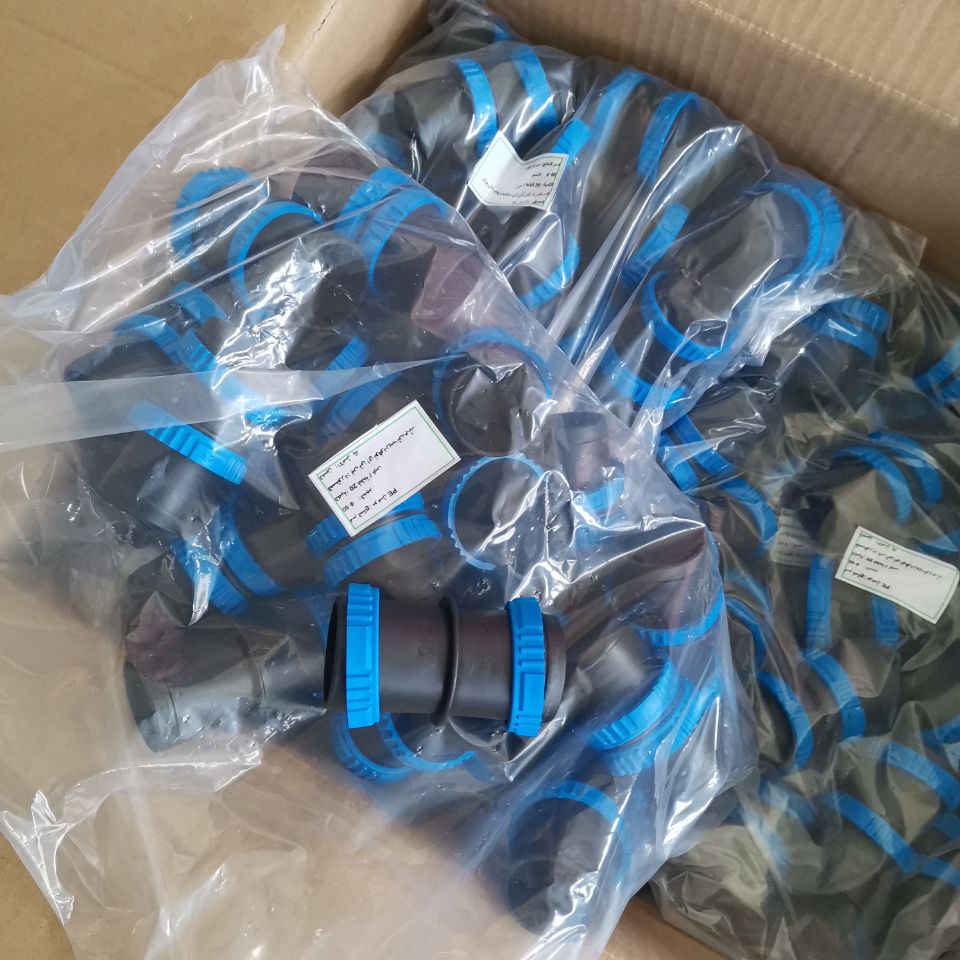Irrigation fittings play a crucial role in water conservation by ensuring efficient water delivery, minimizing leaks and waste, and optimizing the distribution of water to plants.
Here’s how irrigation fittings contribute to water conservation:
- Precision Water Delivery: Irrigation fittings, such as drip emitters, micro-sprinklers, and drip lines, allow for precise water delivery directly to the root zone of plants. This targeted irrigation minimizes water loss due to evaporation, runoff, and overspray, ensuring that plants receive the water they need while reducing water waste.
- Drip Irrigation Systems: Drip irrigation systems utilize a network of tubing, emitters, and fittings to deliver water directly to the soil surface or root zone of plants at a slow and consistent rate. By applying water directly to the root zone, drip irrigation minimizes evaporation and runoff, maximizing water efficiency and promoting healthier plant growth.
- Pressure Regulation: Pressure-regulating irrigation fittings help maintain a consistent water pressure throughout the irrigation system, optimizing water distribution and minimizing water waste. By preventing pressure fluctuations that can lead to overwatering or uneven coverage, pressure-regulating fittings contribute to water conservation.
- Leak Prevention: Well-designed and properly installed irrigation fittings help prevent leaks and water loss within the irrigation system. Tight seals, durable materials, and regular maintenance ensure that fittings remain leak-free, reducing water waste and conserving valuable resources.
- Flexible Design Options: Modern irrigation fittings offer a variety of design options and configurations to accommodate different landscapes, plant types, and watering needs. By selecting the appropriate fittings and layout for a specific application, water can be distributed efficiently and effectively, minimizing waste and maximizing water conservation.
- Zone Control: Irrigation fittings, such as valves, couplings, and connectors, allow for precise control and zoning of water distribution within the irrigation system. By dividing the landscape into zones based on plant type, soil type, and water requirements, water can be applied where and when it’s needed most, reducing water waste and promoting optimal plant health.
- Smart Irrigation Technology: Advancements in irrigation fittings and technology, including smart controllers, moisture sensors, and weather-based irrigation systems, enable more precise and automated control of water delivery. By adjusting watering schedules based on real-time weather conditions and plant needs, smart irrigation systems optimize water use and promote water conservation.
- Regular Maintenance: Proper maintenance of irrigation fittings, including inspection, cleaning, and repair as needed, helps ensure efficient water delivery and minimize water waste. By addressing leaks, clogs, and other issues promptly, irrigation systems can operate at peak efficiency, conserving water and saving money on water bills.
Overall, irrigation fittings are essential components of water-efficient irrigation systems that contribute to water conservation by delivering water precisely where and when it’s needed, minimizing waste, and promoting sustainable landscape management practices.
